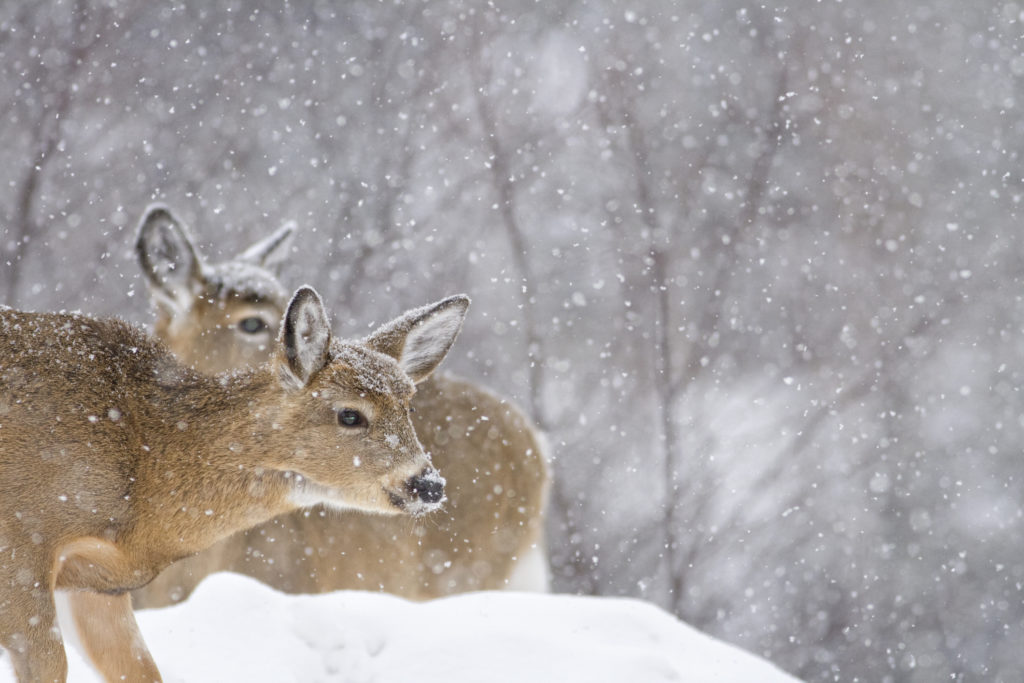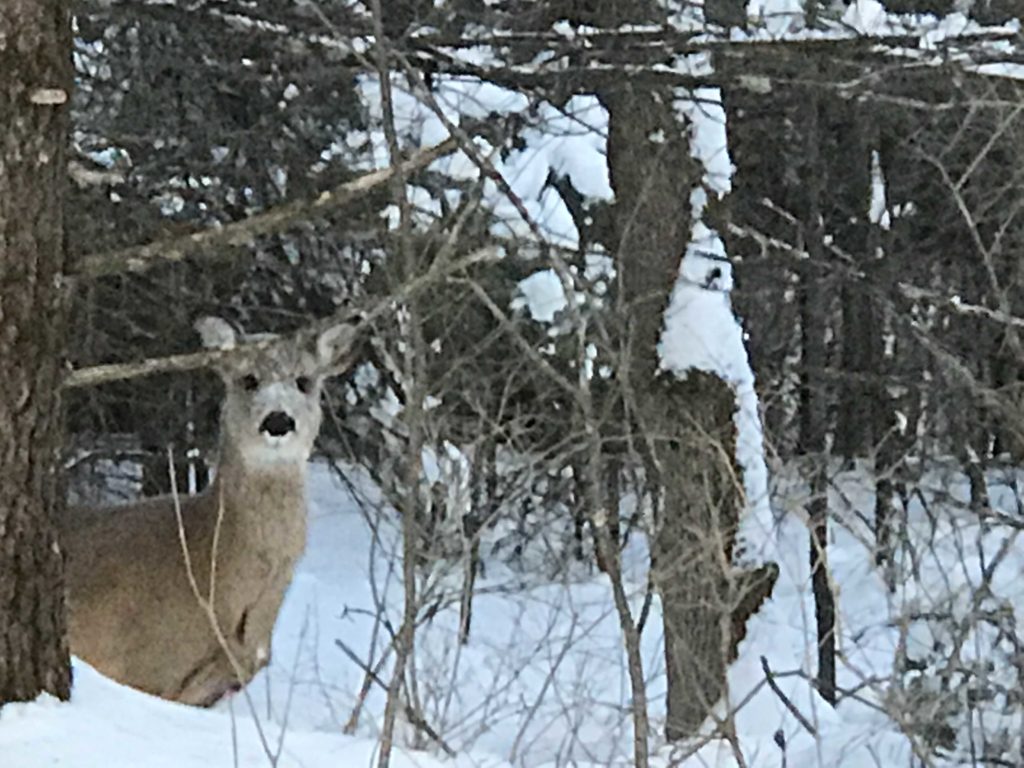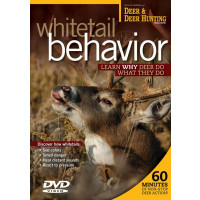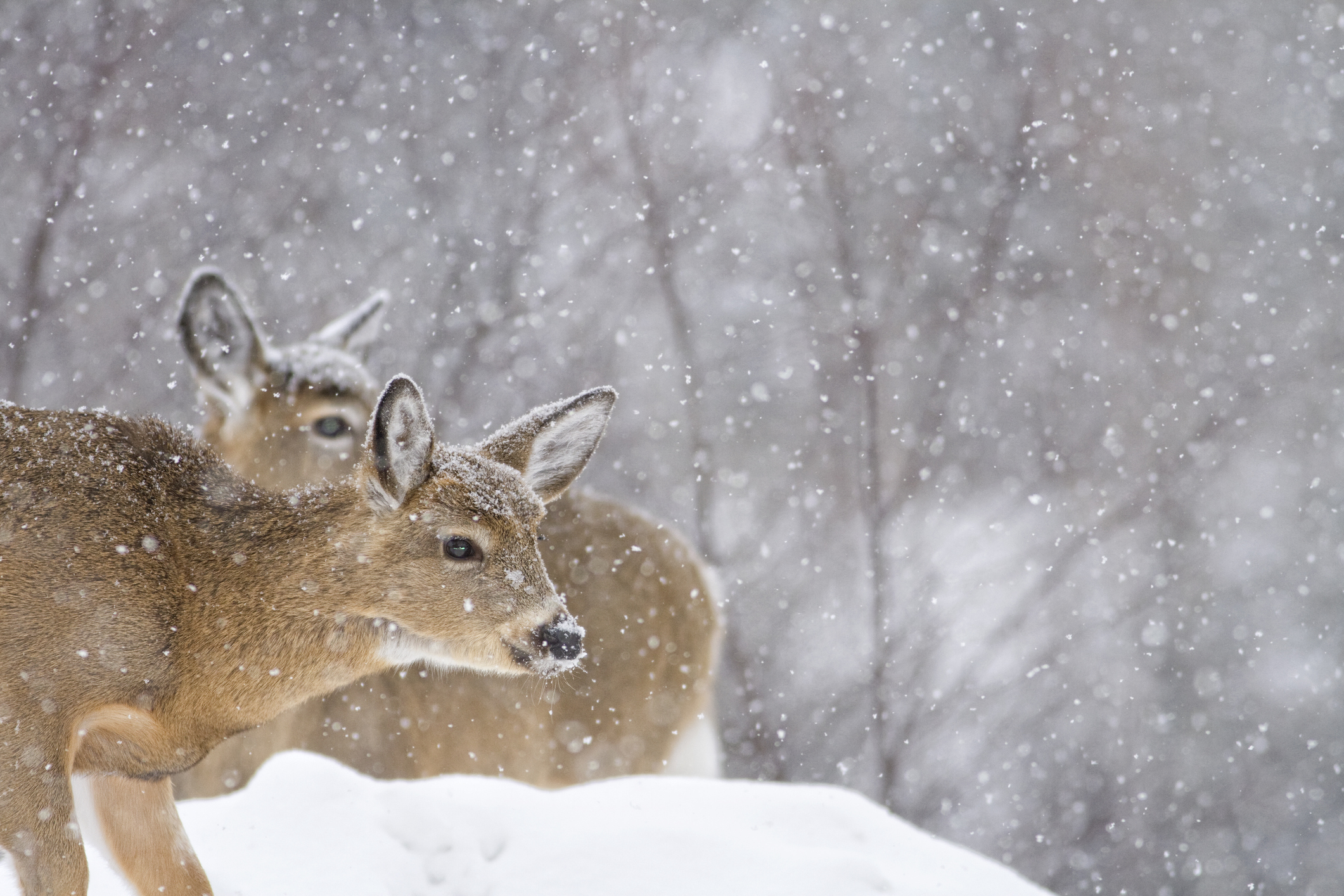They say Mother Nature can be cruel, but Old Man Winter can be downright nasty. And with upwards of 200 inches of snow already on the ground (and in some areas even more), the white-tailed deer herd in Michigan’s Upper Peninsula might be dealing with one nasty hangover. For those deer that actually survive it, that is.
“We can expect to write off 30 to 40 percent of our deer herd if this doesn’t break soon,” said John Ozoga, a Munising resident who has been Deer & Deer Hunting’s research editor for more than 25 years. Ozoga is a retired deer research biologist who spent his entire career with the Michigan DNR.

Although the U.P.’s whitetail herd has always experienced boom-or-bust fluctuations based on winter severity, this year’s bust could put the herd at its lowest population level in decades. The current herd is estimated at about 250,000 animals xe2x80x94 the same population size that was estimated when settlers arrived. Although snow cover (which has blanketed some areas since November) and cold weather are contributing factors, Ozoga said compensatory factors are more to blame for widespread deer losses. More specifically, large losses of over-winter habitat and the fragmentation of traditional deer yards have made it doubly difficult for young whitetails to survive brutal conditions.

“A lot of this goes back to Bergmann’s Rule,” Ozoga said. “A big body loses less heat, comparatively, to a small body. A 70-pound fawn is at an extreme disadvantage, especially when you get to April and they are subsisting on a diet of woody browse.”
During “normal” U.P. winters, the region’s winter deer losses will be comprised of 80 percent (or more) fawns. This year, the winter losses might be comprised of 50 percent adult deer, according to Ozoga.
What about overall losses?
“Forty percent might be a little bit of a stretch, but it could easily exceed 30 percent,” he added. “Like I said, that is if this weather doesn’t break soon.”
Losing 75,000 to 100,000 deer might deal another major blow to the region’s hunting participation levels this fall. According to a report by the Detroit Free Press, U.P. deer hunting participation rates have fallen, on average, by a total of 30 percent in all U.P. counties since 1998. The general downward spiral is also a statewide trend. In 1998, Michigan had 785,000 whitetail hunters. That number had dropped to 621,000 in 2018.

The Deer Situation in Northern Wisconsin
With massive losses looming in the U.P., what does that mean for their nearest neighbors to the west? The view here is not so bright, but not nearly as bad.
If this weather doesn’t break, it’s more than likely that northern Wisconsin will lose 50 percent of last year’s fawn crop to starvation, malnutrition (disease) and increased predation (wolves, coyotes, bears, etc). Although that would equate to roughly a 20 percent loss of the overall deer herd in some pockets of Wisconsin’s North Woods, from a regional standpoint, the losses probably won’t exceed 15 percent.
Still, based on 30 years worth of historical winter severity data, northern Wisconsin deer managers this could trickle down to a 25 percent drop in the upcoming 2019 antlered buck harvest if snow depths persist into April.
The 2013-2014 polar vortex winter was the most severe WSI index ever (149) and the northern Wisconsin buck kill dropped only 7 percent. That relatively low drop was attributed to illegal winter feeding activity amongst northern Wisconsin residents. Although ill-advised feeding seems to “save” deer, the compounding effects (overprescribed deer densities) lead to further habitat destruction and the discontinuance of wild deer using traditional overwinter habitat (deer yards). That’s the topic for another day.
The winter severity index (WSI) is a measurement to help gauge the effects of the winter weather on deer survival. The index was developed in the early 1970s and is calculated by adding the number of days with 18 inches or more of snow on the ground to the number of days when the minimum temperatures were 0xe2x97xa6 F or below. In general, the severity of the winter is based on the total number of points accumulated over the collection period. A winter with an index of less than 50 is considered mild, 50 to 79 is moderate, 80 to 99 is severe, and over 100 is very severe.
If history has taught us anything, things can chance in a hurry. In 1986, deer managers predicted large winter casualties when snow depths exceeded 30 inches and the WSI crested 100 (extreme danger zone). However, a fast snow melt occurred right around Easter of that year, and the sudden change saved a lot of deer. Interestingly, that nasty winter was followed by one of the mildest on record for the Wisconsin North Woods (a WSI of just 14).
It should be noted that the WSI is only used in the state’s northern tier as a barometer for winter deer losses. In locales south of the state’s midsection, only two severe winters have been recorded in the past 50 years: 1979 and 1967.
Conclusion
In the final analysis, harsh winter weather is nature’s way of evening things out. As much as North Woods hunters would like to experience high-density deer herds year after year, the stark reality is the white-tailed deer needs responsible and prudent management. If we don’t do it, nature will.
Editor’s note: The next five issues of D&DH will feature articles by Ozoga on this and other deer-herd related topics. To make sure you don’t miss an issue, click here.

Read more: BIZARRE CASE OF DEER WITH BULGING EYES
Read more: CASE OF MYSTERIOUS DEER DEATHS SOLVED
Read more: IS THE 6.5 CREEDMOOR A GOOD DEER CALIBER?

